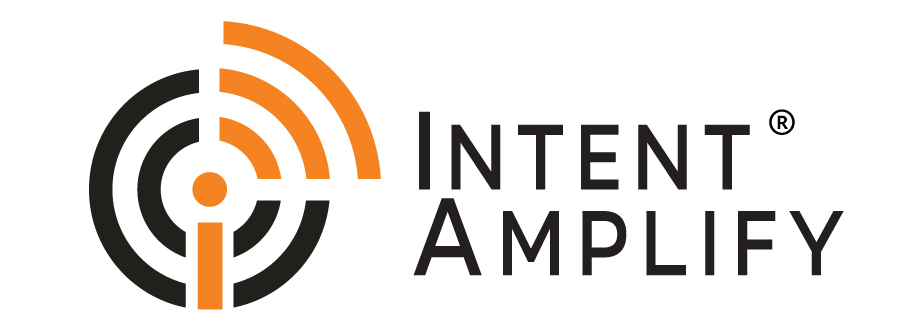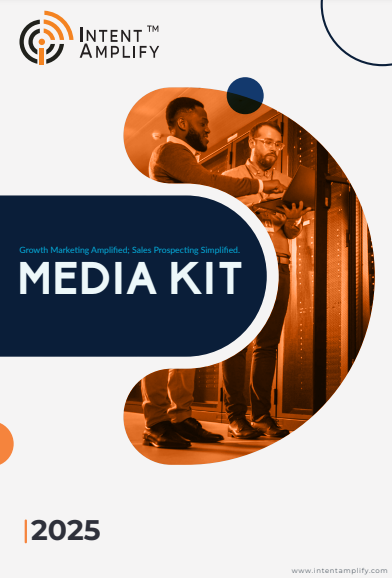
What Makes B2B Buyer Journey Different from B2C and How to map It
- Last updated on: October 30, 2023
The B2B buyer journey is not a linear path but a dynamic process influenced by various stakeholders and complex decision-making. To succeed in this arena, it’s essential to grasp how potential clients arrive at the decision to invest in your products or services. In this blog, we’ll delve into the intricacies of the B2B buyer journey, exploring the unique challenges and opportunities it presents. Let us take a look at the differences.
Difference Between the B2B Buyer Journey and the B2C Buyer Journey
| Parameter | B2C Buyer Journey | B2B Buyer Journey |
| Audience | Individual consumers or families whose needs and preferences are typically based on personal wants, convenience, and affordability | Other businesses or organisations having complex structures with multiple stakeholders involved in the decision-making process |
| Decision-Maker | Usually made by a single decision-maker or a family with a relatively straight-forward decision-making process | Often require buy-in from various stakeholders within the purchasing organization having different concerns, interests, and goals |
| Sales Cycle | B2C sales cycles are often shorter, especially for consumers who make quick purchase decisions based on personal preferences and immediate needs. | B2B sales cycles are typically longer than in B2C because decisions involve substantial investments, in-depth evaluations, and consensus-building among stakeholders. |
| Marketing approach | Broadly targeted, with a focus on market segments or consumer personas | Narrowly targeted with focus on specific accounts and personalised approach |
| Customer relationship | Relationship building is not required as the association is extremely short-term | Building and nurturing relationships are critical in B2B transactions. |
Mapping and Optimizing the B2B Buyer Journey
It is a crucial aspect of successful marketing and sales in the business-to-business (B2B) space. It’s often non-linear, meaning that potential customers don’t follow a strict, predefined path when making a purchase decision. To effectively engage and convert these potential customers, businesses need to create a map of this journey, understand it, and continually optimize it. Here’s a breakdown of the key points in the provided text:
What makes your offering valuable to the prospect?
There are multiple reasons why a prospect may find your B2B offering useful; Understanding the reasons can help us segment the prospects further and develop more targeted content. There may be various motivations behind a prospect’s newfound interest in your offering such as:
- They may be looking for a solution to a pressing issue,
- They may be looking at a future arrangement or an expansion plan
- They may be desiring to change their existing supplier
The intentions can be quite many. By segmenting your leads based on their specific intent, you can create tailored buyer journeys that address their unique needs. This segmentation helps you provide more relevant and personalized content and interactions, increasing the chances of conversion.
How did the customer land on your page?
It’s interesting to note that your content is not always the first point of contact for a prospect who reaches your offering page – it could also be a search initiated by them and a subsequent landing on your content. Potential B2B buyers often use search engines to seek information and solutions. By Understand the search queries and topics that lead users to your content. Align your content strategy with their informational needs. This ensures that your top-of-funnel content is well-matched to their queries. Effectively guide them toward your products or services.
Make use of data analytics to track conversions
Data plays a crucial role in understanding and optimizing the B2B buyer journey. By monitoring how customers find your content, engage with it, and progress through the various stages of the journey, you can gain valuable insights. You can identify what’s working well and what isn’t, allowing you to refine your strategies. Additionally, tracking conversions helps you pinpoint where potential customers might drop off in their journey, enabling you to address these gaps with additional content or sales efforts to improve conversion rates.
Adapt and grow
The B2B buyer journey is not static; it’s a dynamic and evolving process. What works for one customer at a given time may not be effective for another customer in the future. By staying adaptable and responsive, you can refine your buyer journey based on real-time data and insights. This ongoing adaptation ensures that you continue to meet the evolving needs of each individual customer, increasing your chances of conversion and customer satisfaction.
Mapping and optimizing the B2B buyer journey involves several key steps. First, understand the diverse motives of potential customers. Tailor your content to their specific needs. Use data to track their progress. Continuously adapt your strategies to stay relevant and effective. This customer-centric approach is essential. It helps guide potential buyers through their journey to a purchase decision in the B2B space.




